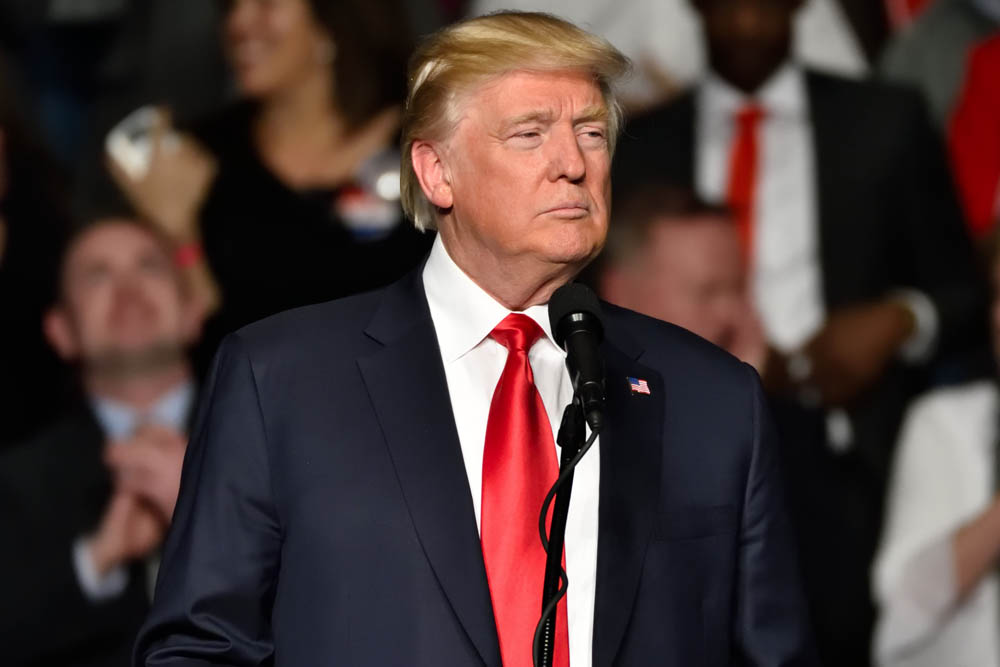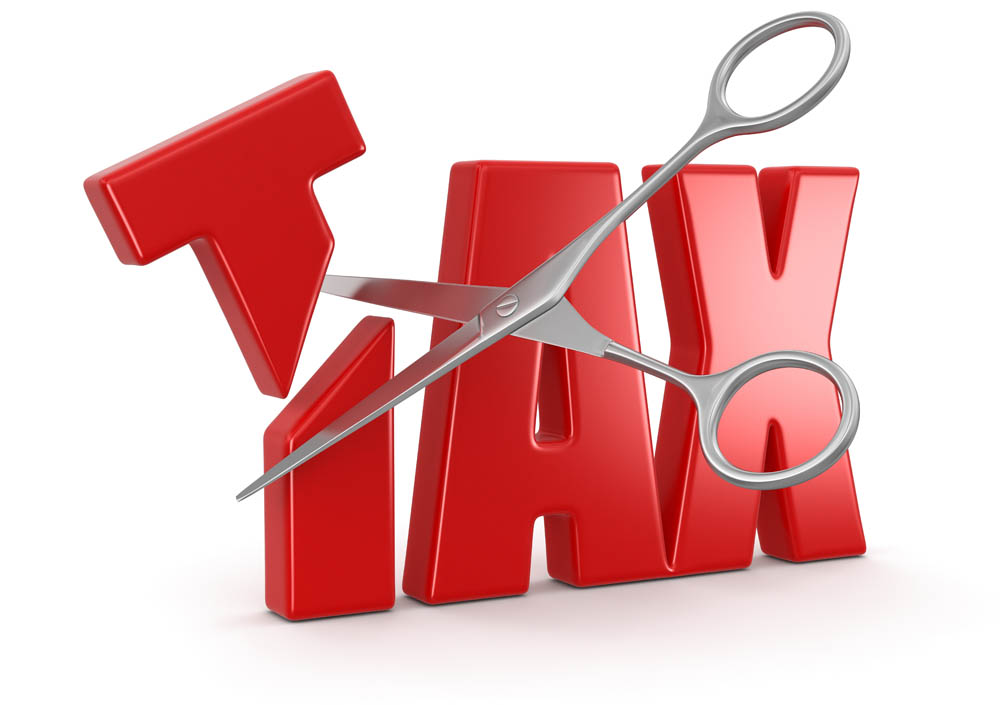
Opportunity Zones – Good Idea or Putting the Cart Before the Horse?
For all the debate about the Trump 2017 Tax Reform, the creation of the Opportunity Zone Program could be an engine for economic development in low income communities. The goal of the program is to encourage investment of deferred capital gains into pooled funds which would then be invested in state designated, federally approved Opportunity Zones. Last week, Florida Senator Marco Rubio and South Carolina Senator Tim Scott (both Republicans) were in Miami to promote Governor Rick Scott’s newly designated Opportunity Zones. On their tour, Senators Rubio and Scott did a good job of preaching the potential benefits of the Opportunity Zones and what the investments could bring. But they did not explain the long process it will take to bring the dollars to the community or any potential pitfalls.
The program works similar to 1031 tax free exchanges. Taxpayers can defer long term capital gains if the capital gain portion of a sale is reinvested in a Qualified Opportunity Fund (a 1031 exchange requires that ALL net sales proceeds, gain and principal, be reinvested in a replacement property). A Qualified Opportunity Fund is an investment vehicle that is organized as a partnership or corporation for the purpose of investing in an Opportunity Zone. A designated Opportunity Zone is a census tract with a poverty rate of 20 percent or a median family income lower than 80% of the area average.
State governors were to nominate up to 25% of the eligible low income tracts as Opportunity Zones by March 21, 2018. Florida received an extension until April 20, 2018 and on April 20, Governor Scott nominated 427 areas, 25% of those eligible, for designation. The Treasury Department has 30 days to make the designation and when it does, the designation will be for 10 years.
The benefit to the taxpayer is a step up in basis. If the investment is for 5 years, the step up is 10%. If the investment is another 2 years, the taxpayer receives another 5% step up. On December 31, 2026, the tax payer will recognize the remaining deferred gain.
As Opportunity Zones are created and funded and investors create projects in Opportunity Zones, development should jump start in these low income areas – perhaps more quickly then would have occurred without this program. At least that is how Senators Rubio and Scott spun the program. And, it is a good thing any time dollars are targeted for development, particularly in low income neighborhoods. Obviously, for those of use in the real estate industry, more capital should mean more activity for all of us.
However, private dollars as well as state and local dollars are often already targeted in these same areas. In some cases, these efforts have had some success. In others, the successes are hard to find. Pumping money into any area, private or government, doesn’t work unless there is a plan. The local government has to be willing, and able, to work with developers to approve projects through its zoning code and permitting process. There has to be a vision and a master plan in place and the local governments must offer incentives to start up and small businesses to assure that there are essential non-governmental services (and governmental services) for the residents that are targeted with the new development. Otherwise, the government dollars will be wasted, or worse, go unfunded.
Opportunity Zones could truly spur meaningful growth and development. Or, they could be another case of putting the cart before the horse.




No Comments
Sorry, the comment form is closed at this time.